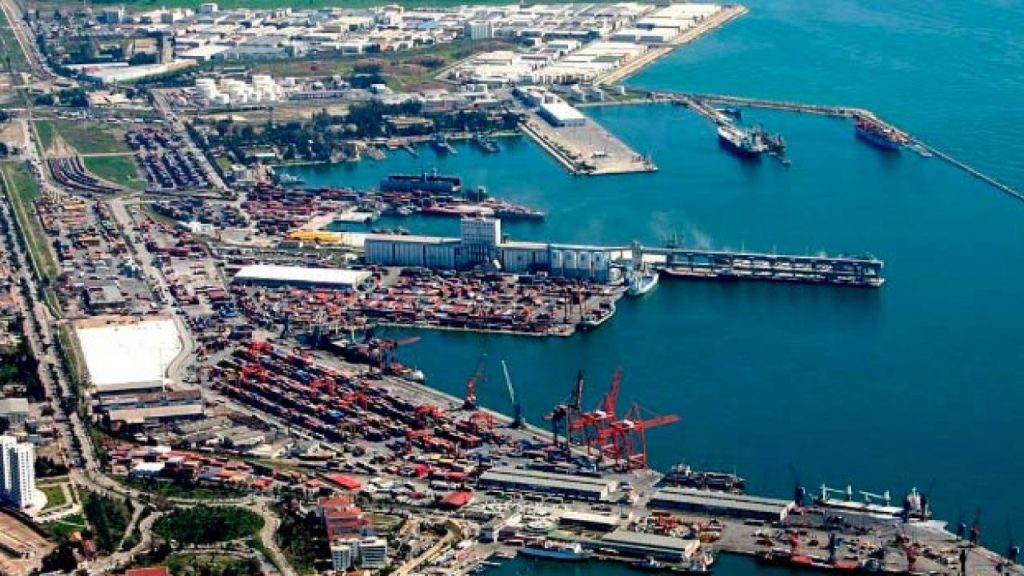Fuel from ports with the risk of Russian origin again on the Ukrainian market

New routes for diesel imports via Turkish and Georgian ports have re-emerged on the Ukrainian market amid price competition.
At the beginning of summer, the share of sea deliveries from ports previously considered “sanctioned” or risky due to the possible Russian origin of the raw materials significantly increased on the Ukrainian fuel market. Enkorr writes about this.
After an almost two-year pause, regular deliveries from the Turkish terminals “Tupras” and Marmara have returned to the market. At the end of May, the first diesel fuel arrival from the port of Kulevi in Georgia for a long time was also recorded.
According to market participants, sea deliveries have intensified against the backdrop of high competition and price pressure. A significant number of traders note the appearance on the market of fuel at prices that do not correspond to standard import economics — taking into account transportation costs and market quotes.
In February, the market observed a situation when customs clearance of a batch from Marmara took more than two weeks. However, after the successful completion of this case, one of the leading traders, Wexler, has put supplies from Turkey on a regular basis. Last week, the company also delivered diesel from Kulevi, officially declared as a resource of SOCAR.
Recall that in May 2023, the SBU received information about the probable supply of diesel fuel of Russian origin to Ukraine through the ports of Kulevi and Batumi. After that, Ukrainian regulators unofficially recommended restricting imports from these directions.
In addition to Turkey and Georgia, new supplies of diesel fuel from Egypt have also appeared on the market. According to traders, the resource was imported by T.D.T., which had not previously been among the active importers of marine diesel fuel.
Sea deliveries from ports with increased risk form the lowest price offers. For example, the recorded prices for Egyptian diesel were UAH 39.70/l, which was lower than most current offers as of June 6 (UAH 39.80–40/l).
However, when comparing quotes and logistics costs (as of June — about $61/t), many operators express doubts about the economic feasibility of such supplies at the existing premiums ($38–45/t).
In a situation of increased price pressure, even traditional suppliers — in particular from Greece and the Star plant (SOCAR) — were forced to reduce premiums by $2–5/t.
At the same time, the market is experiencing increasing dissatisfaction on the part of some importers with the increase in fuel volumes from routes that were previously limited.
Despite the lack of official evidence regarding the origin of the resource, most market players associate the low price precisely with a possible Russian footprint or optimization of supply schemes.
Price pressure has already led to some large traders temporarily abandoning their own sea imports in favor of purchasing the resource on the domestic market.
Against the background of the growth of gas oil futures (as of June 6 — $632/t), the market has so far demonstrated relative price stability, as the seasonal decline in consumption restrains volatility.
In the future, according to operators, the situation with sea supplies from “problematic” directions requires a clearer response from regulators — especially given the risks of Russian fuel entering the Ukrainian market.
As USM reported the day before, Ukraine has almost returned to historical export routes via sea.





